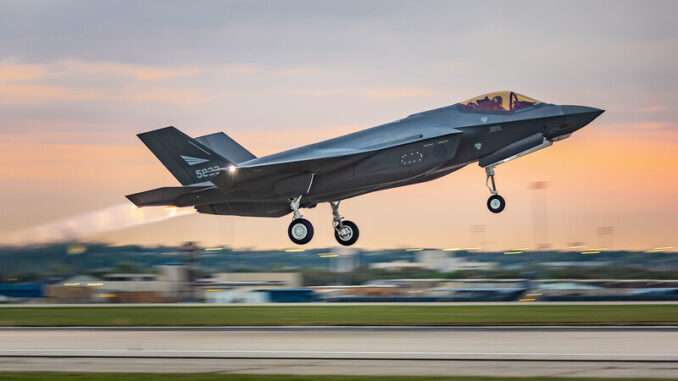
Lockheed Martin today completed the delivery of the 51st and 52nd F-35As to the Royal Norwegian Air Force, making Norway the first F-35 partner nation to fulfill its program of record.
“The F-35 is the world’s best fighter jet and I am very pleased that we will receive the last of the 52 fighter jets from Lockheed Martin that Norwayhas ordered,” said Tore O. Sandvik, Norwegian Minister of Defence. “The aircraft ensure that we can safeguard Norwegian sovereignty and maintain even better control over our areas on land, at sea and in the air.”
The advanced capabilities and increased interoperability of the F-35 enhances Norway’s sovereign defense and cooperation with key allies across Europe, including its closest neighbors in the Nordic region. The F-35 fleet will play a critical role in protecting the High North and supporting NATO missions.
“Norway’s F-35 fleet enhances interoperability across the Norwegian Armed Forces’ defense systems, improving situational awareness of the entire force and strengthening transatlantic security,” said Chauncey McIntosh, vice president and general manager of the F-35 program at Lockheed Martin. “We are honored to build upon our more than 50-year partnership with Norway, ensuring the Royal Norwegian Air Force remains ahead of emerging threats to protect security for Norway and its allies for decades to come.”
As the cornerstone of the battlespace for 20 allied nations, the F-35 enables peace through strength in the 21st century. With over a million flight hours and a global fleet of more than 1,150 aircraft and growing, the F-35 provides unrivaled capabilities, strengthening deterrence for allies around the world. F-35s operate from 48 bases worldwide, including 10 nations operating on home soil.
As adversaries rapidly advance technology, the F-35’s unmatched connectivity and ability to work in partnership with assets operating across land, sea, air, space and cyber is essential to securing the skies today and into the future.



Be the first to comment